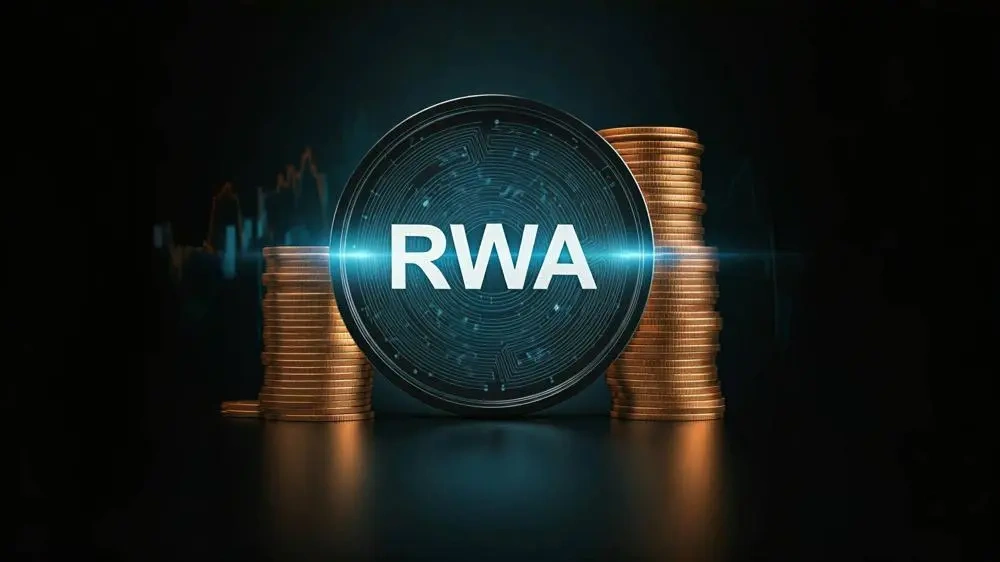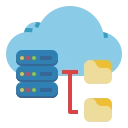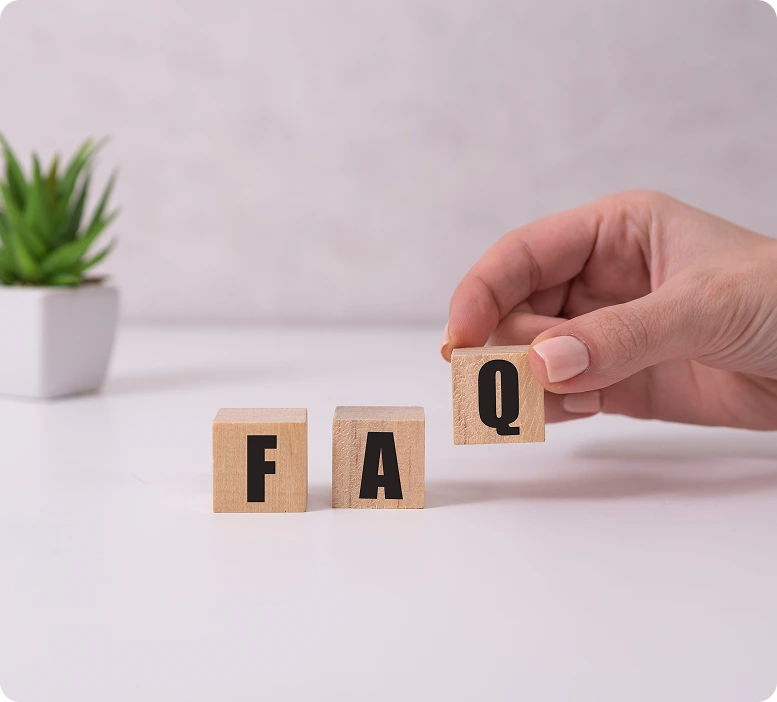RWA Tokenization
RWA (Real-World Asset) tokenization is the process of digitally representing physical or off-chain assets on a blockchain as tradable tokens. These assets can include real estate, commodities, financial instruments, art, or intellectual property. Each token represents ownership, rights, or a share of the underlying asset. By leveraging blockchain technology, RWA tokenization enables fractional ownership, enhanced liquidity, global accessibility, and transparent, secure transactions, bridging traditional finance with decentralized digital markets. RWA tokenization is the process of digitally representing real-world, off-chain assets on a blockchain. Each token represents a fractional ownership, entitlement, or claim to the underlying asset. This approach allows traditional assets—such as real estate, commodities, bonds, stocks, or even art—to participate in decentralized financial ecosystems, unlocking liquidity and efficiency previously unavailable in conventional markets.


RWA Tokenization Solutions – Secure, Liquid, and Scalable
RWA (Real-World Asset) tokenization solutions leverage blockchain technology to digitally represent physical or off-chain assets as tradable tokens. These solutions enable enterprises and investors to unlock liquidity, fractionalize ownership, and securely manage assets while ensuring scalability for large portfolios. By bridging real-world assets with digital ecosystems, RWA tokenization transforms traditional finance, making it more accessible, transparent, and efficient.
Enterprise RWA Tokenization – Secure, Liquid, and High-Performance
Enterprise RWA (Real-World Asset) tokenization leverages blockchain technology to digitally represent real-world assets as tradable tokens, providing enterprises with a high-performance, secure, and liquid framework for managing and investing in off-chain assets. These solutions enable enterprises to fractionalize ownership, enhance liquidity, automate processes, and access global capital markets while maintaining compliance and operational efficiency.

Secure Asset Management
Blockchain ensures immutable and tamper-proof records of ownership and transactions, providing enterprise-grade security and compliance.

Enhanced Liquidity
Tokenized assets can be traded digitally, creating liquidity for assets that are typically illiquid, such as real estate, art, or private equity.

High-Performance Infrastructure
Platforms are designed to handle large volumes of transactions and investors efficiently, supporting scalable enterprise operations.

Fractional Ownership
Assets can be divided into smaller tradable tokens, allowing multiple investors to co-own and diversify holdings.

Transparency and Auditability
All token transfers and ownership records are fully auditable on the blockchain, enhancing trust and regulatory visibility.

Automation and Efficiency
Smart contracts enable automatic execution of payments, dividends, rental income, royalties, and voting rights, reducing operational overhead.
RWA Tokenization Infrastructure – Scalable, Secure, and Efficient
RWA (Real-World Asset) tokenization infrastructure provides the foundational blockchain framework for digitizing physical or off-chain assets. Designed for enterprises and institutional investors, this infrastructure ensures that assets such as real estate, commodities, financial instruments, and intellectual property can be fractionalized, traded, and managed efficiently on a secure, scalable, and compliant platform.

RWA Tokenization Infrastructure – High-Performance, Transparent, and Liquid
RWA (Real-World Asset) tokenization infrastructure provides a robust blockchain-based framework for digitizing physical or off-chain assets as tradable tokens. This infrastructure is designed for enterprise and institutional use, ensuring high-performance, transparency, and liquidity for managing assets such as real estate, commodities, financial instruments, art, and intellectual property. It enables organizations to fractionalize ownership, streamline operations, and unlock global investment opportunities.
FAQ
What is RWA tokenization
RWA (Real-World Asset) tokenization is the process of digitally representing physical or off-chain assets on a blockchain as tradable tokens, where each token represents fractional ownership, rights, or entitlements associated with the asset.
Why tokenize real-world assets?
Tokenization enhances liquidity, enables fractional ownership, increases transparency, and provides global access, allowing investors and enterprises to unlock value from previously illiquid assets.
What types of assets can be tokenized?
Real Estate: Residential, commercial, industrial properties
Commodities: Gold, oil, agricultural goods
Financial Instruments: Stocks, bonds, private equity
Art & Collectibles: Paintings, sculptures, luxury items
How does fractional ownership work in RWA tokenization?
Fractional ownership allows a high-value asset to be divided into multiple tokens, enabling multiple investors to co-own a single asset and participate in profits, rental income, or appreciation.
How are tokenized assets traded?
Tokenized RWAs can be bought, sold, or transferred on blockchain marketplaces, providing liquidity and faster access to capital compared to traditional asset trading.
Is RWA tokenization secure?
Yes. Blockchain ensures that all transactions and ownership records are immutable, tamper-proof, and auditable, reducing the risk of fraud and enhancing investor confidence.
What are the enterprise use cases for RWA tokenization?
Investment Platforms: Offering tokenized assets to retail and institutional investors
Liquidity Solutions: Unlocking capital from illiquid assets
Cross-Border Finance: Global investor access to tokenized assets

